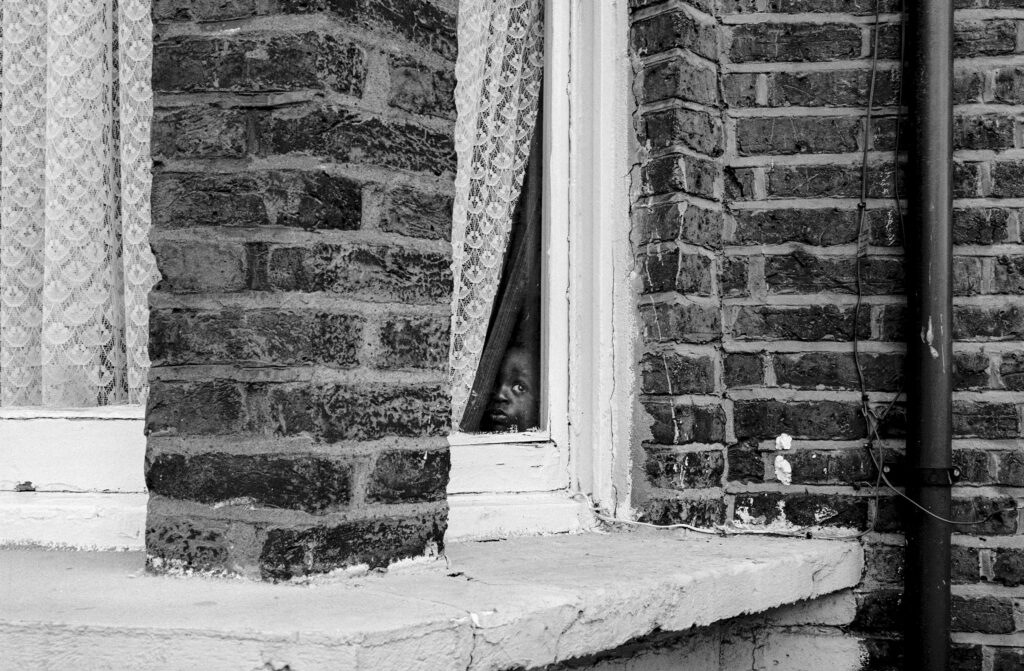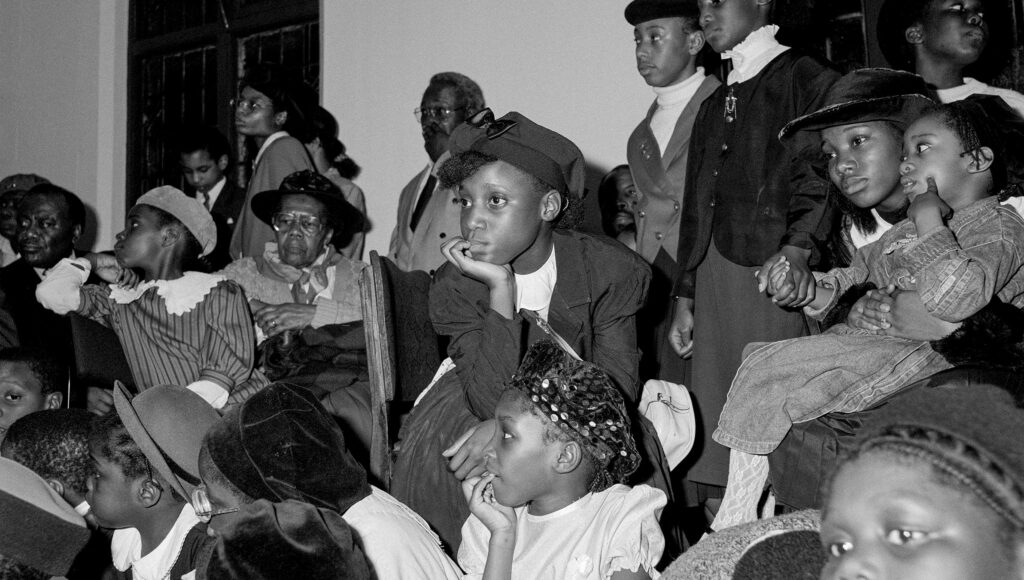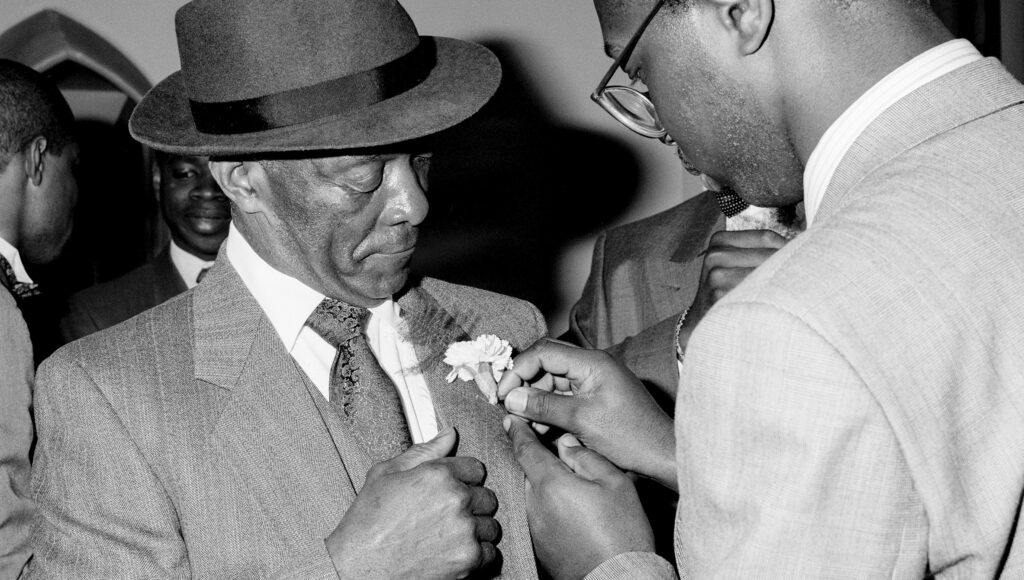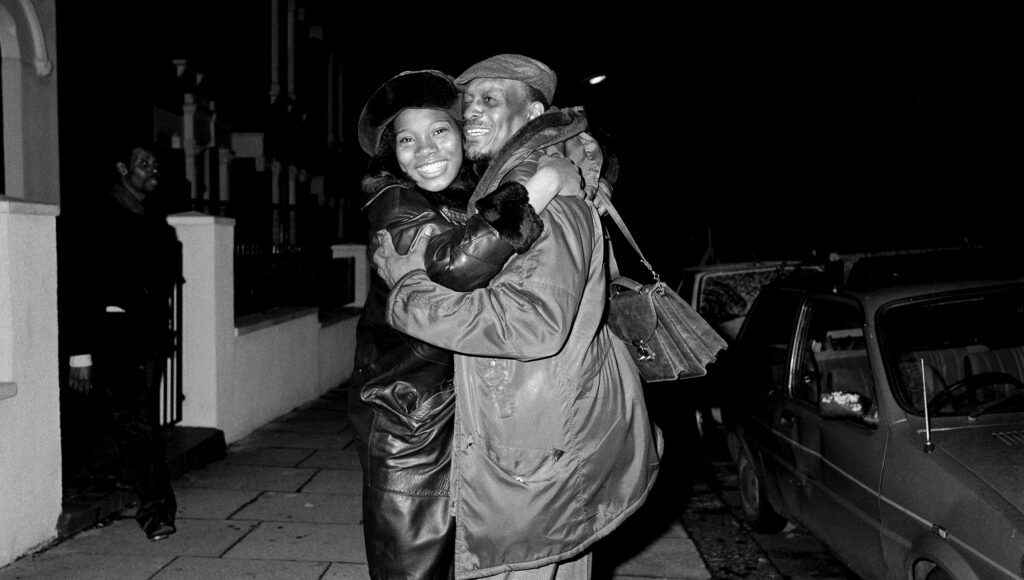20 December 2019
Interview With Roy Mehta, 2020 Culture Fund Artist

‘I WANTED TO EXPLORE MORE ABOUT THE NORTHWEST PART OF LONDON I HAD A CONNECTION TO’
Roy Mehta is a photographer who grew up in Kenton. Going to art school in Surrey in the late 1980s made him more curious about where he was from – he began documenting life in Harlesden and became particularly interested in religious activities. The project went on for five years and he took over 3000 photos. With support from the Brent 2020 Culture Fund, he is now revisiting the project with students from the College of North West London.

Where did you grow up?
I was born in a hospital in Kingsbury and grew up in Kenton. I’ve got early memories of my Mum dragging me to Wembley High Road. She used to take me and my sister round Wembley Market which we loved. My Dad was a GP in Harlesden. I live between Kensal Rise and Bushey now. We spend a lot of time on the orange line.
How did the project start?
I went to art school in Farnham. In my last year I wanted to explore more about the Northwest part of London that I had some connection to. The project began in 1989 – I just started walking around the streets with my camera. It was a really different period to be a photographer because people would invite you into their homes. There was a sense of trust. The only critical question I got asked was, ‘are you working for the tax office?’. It just sort of snowballed and evolved into this big project over a four year period.
What’s in the archive?
The majority of the negatives are from 1989-94. I’ve only just started going through it and making sense of it. It’s been a really interesting process of examining decisions I made back then.

What do you notice about the project 30 years on?
At first I was struck by how the process of editing changes over time. Many of the images that I am selecting now are not part of the edit that I made thirty years ago. My own experience, coupled with changes in photography and representation are leading me to create a different collection and interpretation of the work. I think I was approaching it in a very different way to how I’d approach it now.
At the time I did not have one particular concept or narrative apart from the religious component of the work, so that led to a body of work that has multiple interpretations.
At the moment I am working with a big plate camera, taking a lot of time over just a couple of shots. It’s much more collaborative – the person has to be part of the process. I often get them to look through so they can see what you’re seeing. I’m more critical of certain types of documentary photography now. Some of the most interesting areas of photography now are about giving people cameras to record their own lives.
What do you want to do with the photos?
I was just wondering if there was a way that I could re-imagine this archive. I don’t just want it to be an exhibition I want it to be a reinterpretation of something. The work is going to be exhibited at Willesden Library Gallery, but I’m also working with Nigel Lindley and BTEC Level 3 Media students from The College of North West London to make their own work in response to it. In addition, I’m in the process of finding a young curator who can work with me on interpreting and presenting the exhibition.
What will they do?
I have given them an open brief to record something about their lives and backgrounds. It might centre on their families or the streets in which they live. I want them to look at these pictures and see what their response to them is. I gave them a brief last month, and am going to see them again in January, so am looking forward to finding out what they have been working on.

What will happen to the photos after the exhibition?
It will be gifted to Brent Museums and Archive managed by Camilla Churchill who have been very supportive and encouraging. It will be added to their extensive collection of life in and around Brent. That’s going to be the legacy. I wanted to find a way to give back to the borough.
Is it still a world that exists?
I don’t think the places have gone anywhere. I was thinking of doing some portraits in the same places – that’s another possible thing I might do. I hope the people are still around. Some people I got to know, but I lost contact with them. I would love it if they could come and see them. Looking at the archive, I think it’s just a snapshot of a period in time. I think there’s a timelessness about people’s connection with spirituality – at the time I was interested in how spirituality conducts itself in a hard, urban environment.
What distinguishes this part of London from other parts?
In a funny sort of way it’s almost distinguished by the fact that it hasn’t been distinguished. Other boroughs do have a clearer identity. I was really happy that Brent is getting the recognition that it deserves – it’s a really important place culturally and politically. And I think it’s great that it will be put on the map. The Mean Fiddler in Harlesden, Reggae – all those things need to be recognised. You’ve got everyone from around the world here.